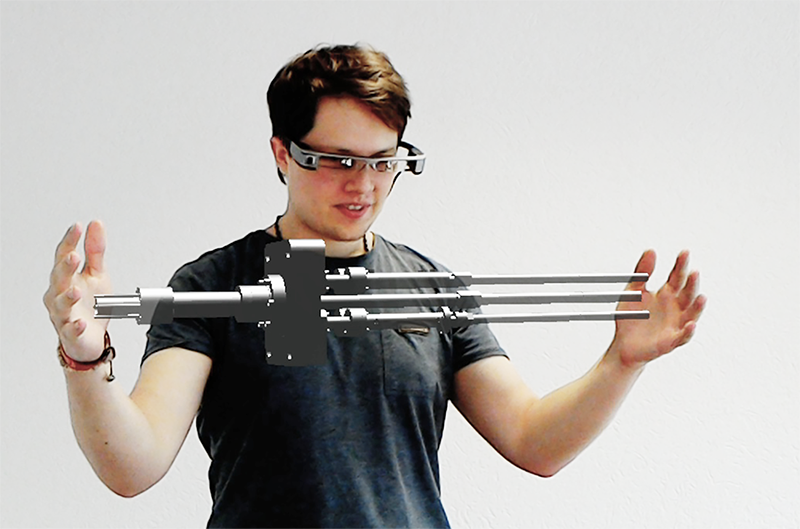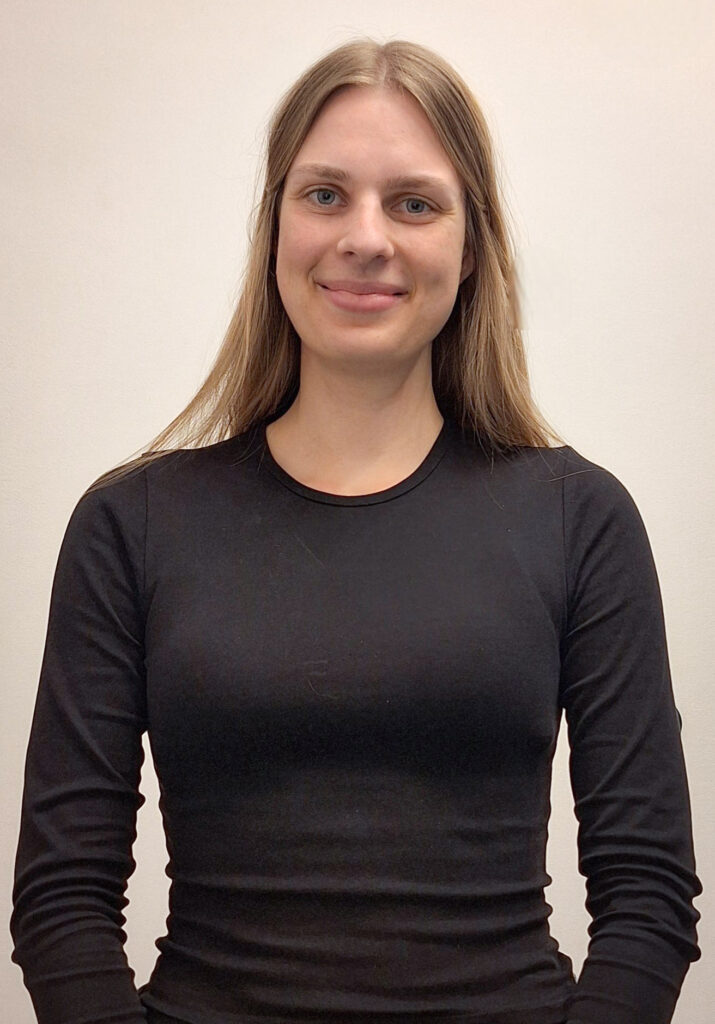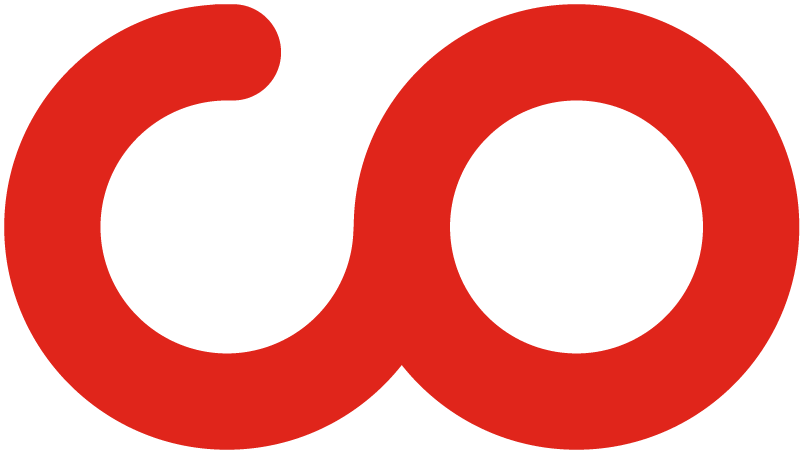Visual Computing
At a glance
Academic degree
Bachelor of Science (B.Sc.)
Form of study
Full-time
Standard period of study
7 semesters (incl. practical semester), 210 ECTS
Place of study
Language of instruction
German
Start of studies
Winter semester (October 1)
Admission requirements
University entrance qualification, entrance qualification for universities of applied sciences, vocational qualification or foreign educational certificate
Orientation semester
Individual modules can be taken as part of an orientation semester
Semester abroad
Possible as a theoretical or practical semester
Studying with a practice partner
Registration
from 02.05. – 30.09.
Profile of the degree program
Visual computing is a special field of application-oriented computer science that is becoming increasingly important in today’s society. It encompasses all areas in which images are digitally generated, analyzed, modified and processed. In addition to the basics of mathematics and computer science, you will acquire sound knowledge in the fields of computer graphics, image processing, artificial intelligence and human-machine interaction.
What we value
Study internationally
Coburg University of applied sciences and arts offers the opportunity to complete a study or practical semester abroad.
To this end, Coburg University of applied sciences and arts maintains relationships with foreign partner universities. Further information is available from the university’s Study Abroad service.
Intensive practical contacts
The professors maintain close contact with practitioners so that you can work on current practical issues in your Bachelor’s thesis at the end of your studies.
Course content and schedule
In addition to the basics of mathematics and computer science, the Visual Computing degree program teaches specific specialist knowledge in the fields of image synthesis, image understanding and human-machine interaction.
1st to 4th semester
In addition to the basics of mathematics and computer science, the Visual Computing degree program teaches specific specialist knowledge in the fields of image synthesis, image understanding and human-machine interaction.
Contents of the 1st – 4th semester
Core subjects of computer science and mathematics
- Fundamentals of computer science
- Programming I and II
- Advanced programming
- Algorithms and data structure
- Web technologies
- Analysis
- Discrete mathematics
Visual Computing Contents
- Basics of visual computing
- Mathematics for Visual Computing
- Computer Graphics I and II
- Image processing I and II
- Human-machine interaction I and II
- Artificial Intelligence I and II
+ Scientific and interdisciplinary work, Studium Generale, English
5th to 7th semester
The practical semester takes place in the fifth semester. In order to underline the computer science character of the course, students must choose one module each from the range of subjects offered in the Bachelor of Computer Science course in the fourth, sixth and seventh semesters .
In the sixth and seventh semesters, students must take elective subjects from the field of Visual Computing. This allows students to focus on their strengths and interests.
Possible elective subjects
- Geometry processing
- Visualization
- Innovative man-machine interface
- Medical image processing
- Parallel computing
- Interactive computer graphics
- Basics of data compression
+ Interdisciplinary project work Visual Computing
Students spend around 20-25 hours per week in lectures, tutorials and practicals at the university. In addition, they have to invest further time in learning and deepening their knowledge independently. The examinations are spread evenly over the entire period of study. You therefore have an overview of your performance and academic success at all times.
Job & Career

Graduates of the Visual Computing degree course are adept at working with information technology, particularly in the field of image-generating and image-processing systems.
Against the background of the increasing visual digitalization of our society, the development of new forms of media and the growing potential of imaging processes in industry, medicine and artificial intelligence, there are excellent and varied fields of work. Numerous sectors are of particular interest to graduates: automotive industry, medical technology, new media, software industry or games industry. Potential employers include large and medium-sized companies as well as young and innovative companies.
Do another master's degree!
After successfully completing their Bachelor’s degree, good graduates have the opportunity to gain further qualifications with a Master’s degree. Coburg University of applied sciences and arts offers Master’s degree courses in Autonomous Driving and Electrical Engineering and Information Technology. You can also find an overview of which Master’s degree courses you can combine with your Bachelor’s degree here.
Insights
You are currently viewing a placeholder content from YouTube. To access the actual content, click the button below. Please note that doing so will share data with third-party providers.
More InformationYou are currently viewing a placeholder content from YouTube. To access the actual content, click the button below. Please note that doing so will share data with third-party providers.
More InformationYou are currently viewing a placeholder content from YouTube. To access the actual content, click the button below. Please note that doing so will share data with third-party providers.
More InformationYou are currently viewing a placeholder content from YouTube. To access the actual content, click the button below. Please note that doing so will share data with third-party providers.
More InformationYou are currently viewing a placeholder content from YouTube. To access the actual content, click the button below. Please note that doing so will share data with third-party providers.
More InformationYou are currently viewing a placeholder content from YouTube. To access the actual content, click the button below. Please note that doing so will share data with third-party providers.
More InformationVisual Computing" working group
Study Ambassador

I’m Alexander Ultsch and I’m a student ambassador for the Visual Computing degree program. As I study at Coburg University of applied sciences and arts, I can answer your questions directly. So if you want to know what the course is all about or what it’s like to live in Coburg, just send me an e-mail: alexander.ultsch@stud.hs-coburg.de.
Curriculum and examination regulations
The module plan] shows the distribution of subjects over the seven-semester course. The module manual provides an overview of the course content. The study and examination regulations forms the legal basis of the degree program. Questions about the content of the course can be answered by the course advisor Prof. Dr. Dieter Wißmann.


